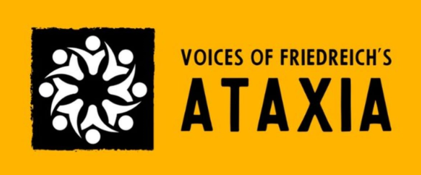Treatments for Friedreich’s ataxia (F A) generally target specific symptoms rather than the disease itself. Fortunately, F A’s most life-threatening symptom — heart disease — can be controlled with treatments developed for use in heart conditions not related to F A. For example, certain drugs (ACE inhibitors, diuretics, and beta blockers) can decrease the workload of the heart, and pacemakers or medications can stabilize an arrhythmic heartbeat. Likewise, diabetes can be managed with insulin. Surgical procedures can correct foot deformities and scoliosis.
One type of scoliosis surgery is spinal fusion, which involves straightening the spine and then placing small pieces of bone over it, which grow together with the spinal bones and fuse them in place. Although there’s no way to stop the progression of ataxia or muscle weakness in F A at this time, therapy can make it easier to cope with these problems. Physical therapy can help stretch tight muscles and enhance flexibility, and speech therapy can help re-train tongue and facial muscles to improve speech and swallowing. Your MDA clinic can provide you with referrals to these specialists.
The discovery of frataxin and its roles in iron regulation and oxidative stress have raised the possibility of treatments that might attack the underlying disease process in F A. Antioxidants, such as coenzyme Q10 and idebenone, have been tested in F A and have not shown significant benefits. However, some experts recommend them, on the theory that the trials may not have been long enough or sensitive enough to show benefits. Newer drugs that target the genetic defect in F A are in development.

Voices of Friedreich's Ataxia (FA)
We Have the Power to Overcome Anything, Together!